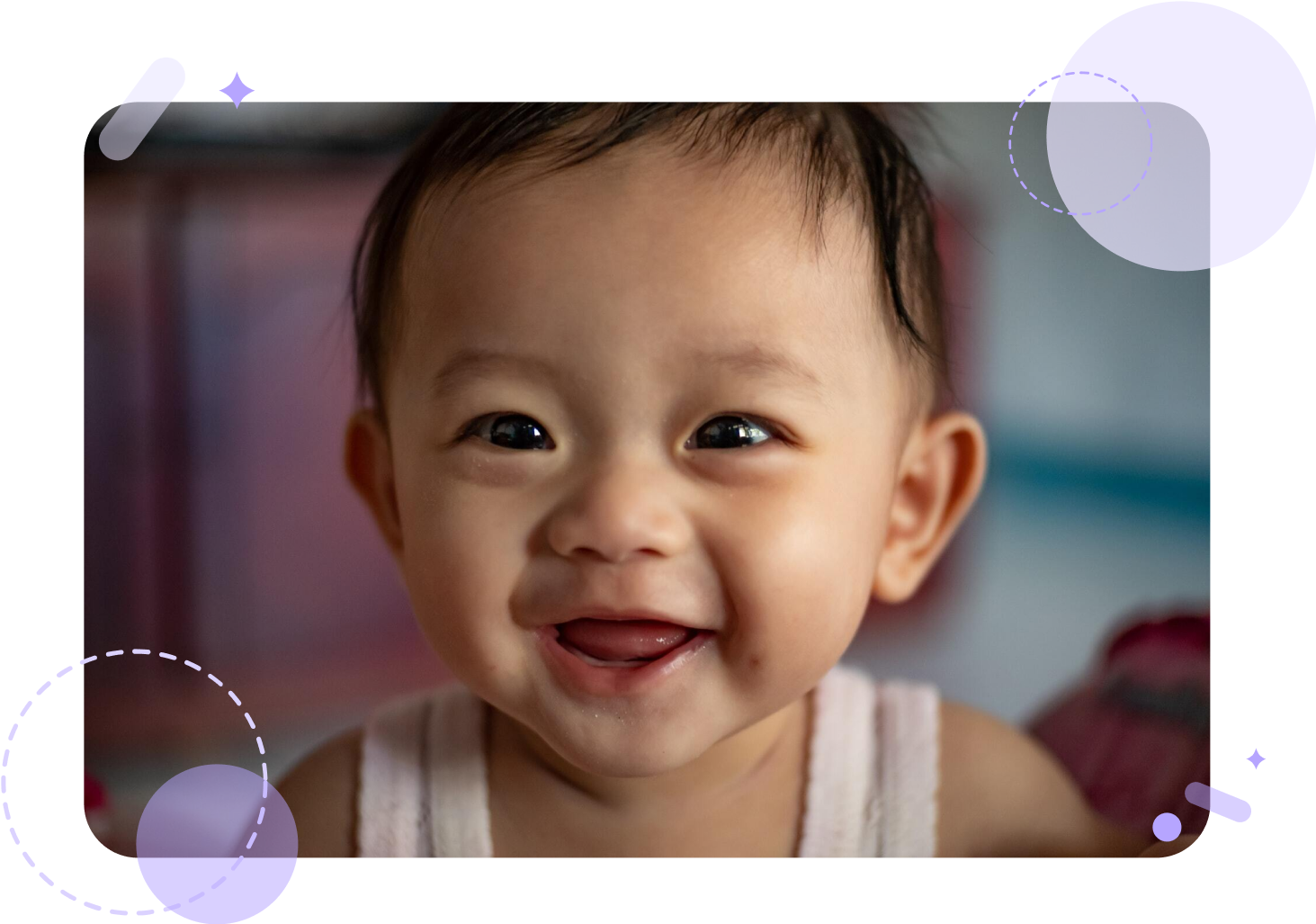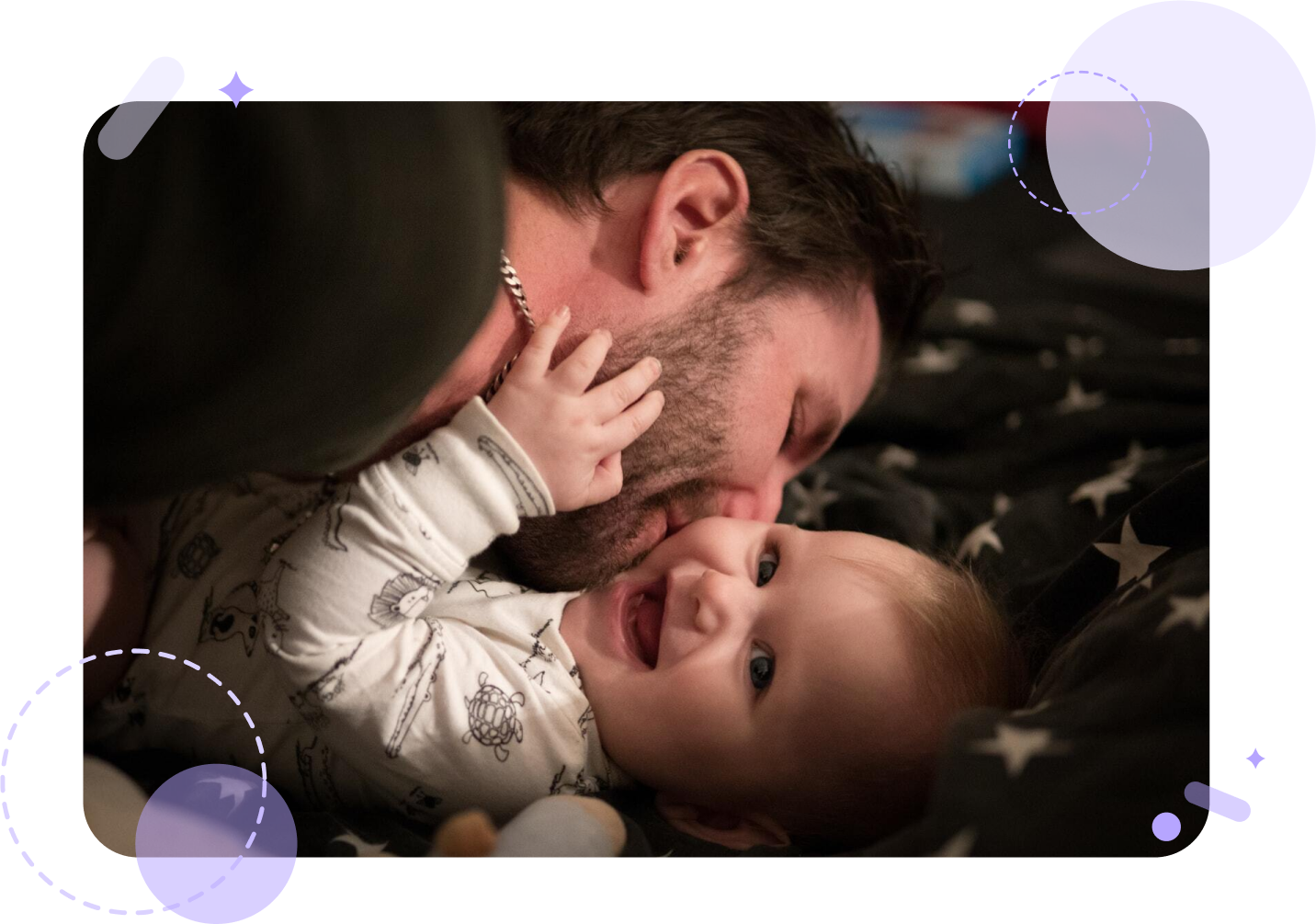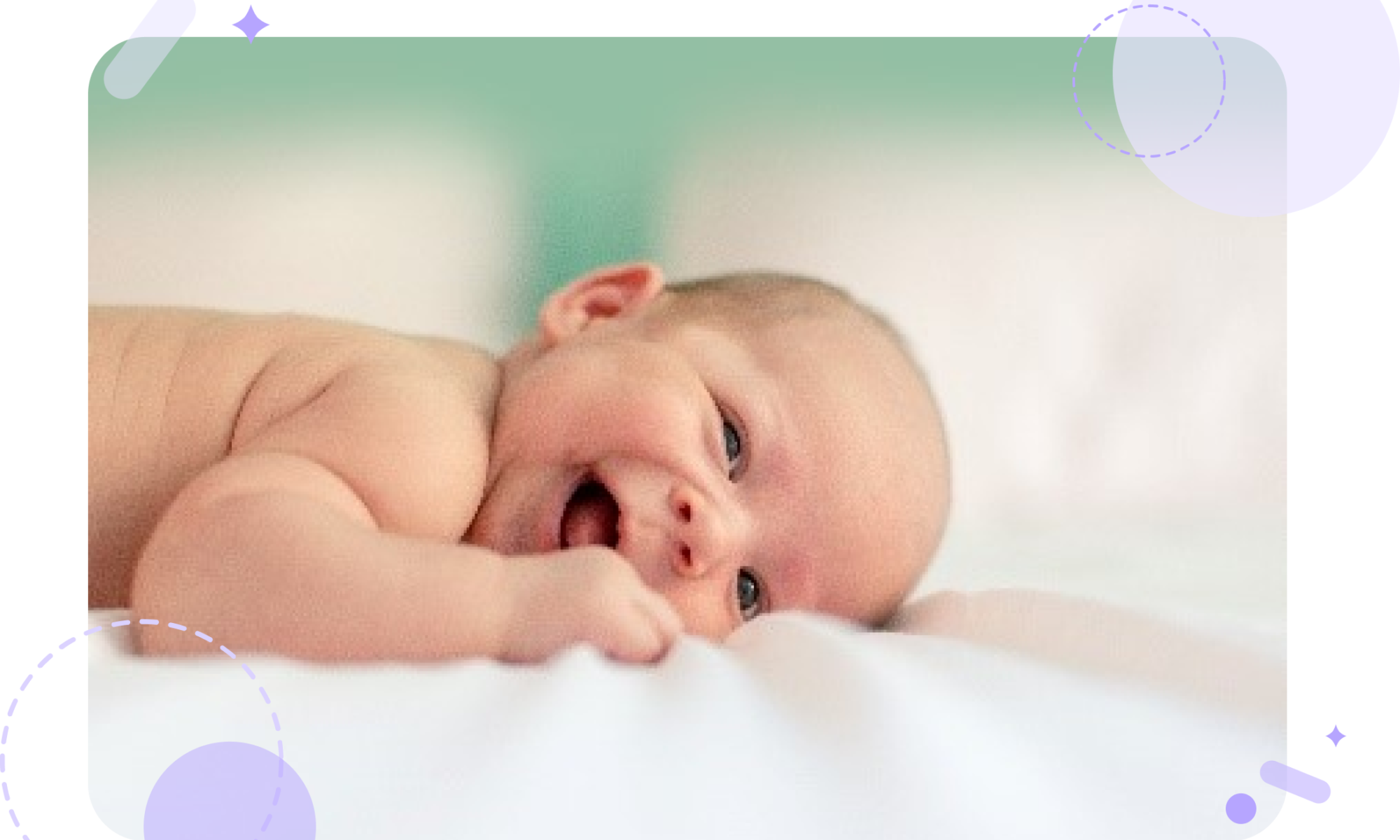
Speech and communication are essential parts of everyone’s life – you and your baby included! Communication is a form of connection, which is required on a day-to-day basis to get what we want and engage in beautiful conversations with our loved ones.
We will be going through the developmental milestones related to your baby’s speech and communication evolution from 1 to 3 months old.
Crying and its Variations
At birth, your baby’s only communication tool is crying, and they will use variations with their primary means of conversation to let you know about their different needs. For example, when your baby is hungry, they will start crying quietly and gradually cry louder if you don’t feed them. On another occasion, crying may come out in a high-pitched tone when they are experiencing pain.
Understanding your newborn’s communication skills takes time, but soon enough, you’ll be able to decipher the different needs associated with your little one’s varying crying tones. Addressing these specific needs also helps your baby’s brain development, as it helps them understand that you will be there to care and provide for their different needs.
Coos and Gurgles
As your baby grows, they start to learn more ways to engage with you in a two-way conversation, rather than relying solely on crying. The communication development graph is incremental, so your baby will progress to their first words over time.
Around this age, you can see your baby gurgle or coo in response to fun playtime. These gurgles and coos will resemble basic vowel sounds like “aah-aah” and “ooh-ooh” with a bit of gurgling in the mix as well.
Engaging in these adorable conversations is an essential factor for the communicative and cognitive development of your baby. You can promote their verbal growth by participating in their effort to have a conversation with you. Imitate their coos and then pause for them to respond. This playful exercise also helps teach them the art of having a conversation.
Face Love
Around 6 to 8 weeks, your heart is sure to melt as your baby might make eye contact with you. This can be attributed to your baby’s improving vision and their love for the human face. The face fascinates your baby as it is usually high in contrast.
Around 3 months, your baby will be able to not only stare but follow your face around as their neck muscles and vision strengthen. Observing different faces helps your baby practice their focus and eye movements, along with understanding that there are different entities around them. Soon enough, they will be able to differentiate your face from other caregivers.
Sound Responsiveness
Along with recognizing your face, your baby will also start to recognize and respond to familiar sounds. For example, they will associate you with singing a lullaby when it’s time to sleep. This indicates improving hearing abilities and cognitive development. It also helps to form a bond with your baby as they associate your sound to comfort and trust that their needs will be met.
As your baby grows, their ability to interact with their environment will increase. Communication and speech milestones will help your baby embrace the people and objects around them completely. In the months to come, your baby will progress from merely crying and cooing as a way of communication to babbles and jabbering.
In the meantime, keep supporting and encouraging your baby’s communication development by engaging with them in that super adorable two-way communication.
- National Health Service: Speech and Language Development from Birth to 12 Months
- Healthline: Language Milestone – 0 to 12 Months
- National Center for Biotechnology Information: Development of Infants’ Attention to Faces During the First Year
- Proceedings of the National Academy of Science: Newborns’ Preference for Face-Relevant Stimuli – Effects of Contrast Polarity
 Back
Back

